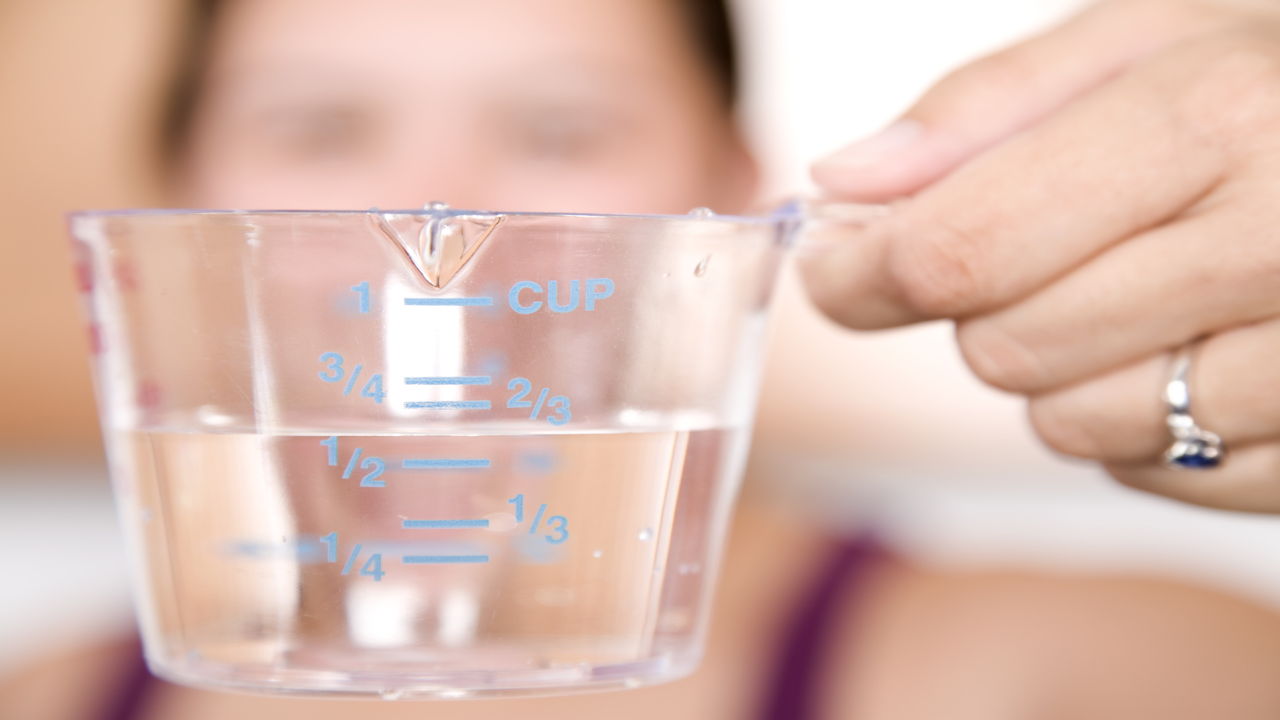
There are different methods for liquid measurement conversions, and the one you use depends on the purpose. The table given in this article will come in handy on many different occasions.
Liquid conversion is something that we are taught in junior high school, but most of us conveniently forget the units and the rates. Bar tending is a profession that requires detailed knowledge about this topic more than any other profession. Besides, this knowledge is also useful in a number of other fields. On that note, a liquid measurement conversion table is given in the paragraph below.
Conversion Table
There are many websites that provide converters as well, but it may not be possible to visit these websites and calculate the rates all the time. There will be instances where you will have to simply rely on your memory for this task, and this is where this following chart will come in handy for you.
The first thing that you need to understand is the difference between a teaspoon and a tablespoon. Since different countries around the world have different methods of measuring units, it is necessary to get some form of standardization. This can only be achieved by understanding the concept of teaspoons and tablespoons. The conversion that we are speaking of here is applicable primarily in the United States. You must remember that 1 teaspoon = 5 ml, and 1 tablespoon = 15 ml. This means that 1 teaspoon = one-third of 1 tablespoon.
This method is applicable in most countries around the world, but in some countries, 1 teaspoon = one quarter of 1 tablespoon. Therefore, this means that 1 tablespoon = 20 ml. The most notable country that adopts this system is Canada.
| Unit | ml | Ounces | Table(Tea)spoon |
| 1 teaspoon | 5 ml | NA | 1/3 tablespoons |
| 1 tablespoon | 15 ml | 1/2 fluid ounces | 3 teaspoons |
| 2 tablespoons | 30 ml | 1 fluid ounce | 6 teaspoons |
| 1/4 cup | 59 ml | 2 fluid ounces | 4 tablespoons |
| 1/3 cup | 79 ml | 2-2/3 fluid ounces | 5 tablespoons and 1 teaspoon |
| 1/2 cup | 118 ml | 4 fluid ounces | 8 tablespoons |
| 2/3 cup | 158 ml | 5 1/3 fluid ounces | 10 tablespoons and 2 teaspoons |
| 3/4 cup | 177 ml | 6 fluid ounces | 12 tablespoons |
| 1 cup | 237 ml | 8 fluid ounces | 16 tablespoons |
| 2 cups | 437 ml | 16 fluid ounces | 32 tablespoons |
| 4 cups | 946 ml | 32 fluid ounces | 64 tablespoons or 1 quart |
You must also remember that 1 quart = ¼ gallons, therefore 1 gallon = 4 quarts. This chart should suffice for cooking purposes, but there are other instances as well where you may need to know about the methods. This following table will shed some light on that particular subject.
| Amount | Teaspoon | Tablespoon | Fluid Ounce | Gill | Cup | Pint | Quart | Gallon |
| 1 teaspoon | 1 | 1/3 | 1/6 | 1/24 | NA | NA | NA | NA |
| 1 tablespoon | 3 | 1 | 1/2 | 1/8 | 1/16 | NA | NA | NA |
| 1 fluid ounce | 6 | 2 | 1 | 1/4 | 1/8 | 1/16 | NA | NA |
| 1 gill | 24 | 8 | 4 | 1 | 1/2 | 1/4 | 1/8 | NA |
| 1 cup | 48 | 16 | 8 | 2 | 1 | 1/2 | 1/4 | 1/16 |
| 1 pint | 96 | 32 | 16 | 4 | 2 | 1 | 1/2 | 1/8 |
| 1 quart | 192 | 64 | 32 | 8 | 4 | 2 | 1 | 1/4 |
| 1 gallon | 768 | 256 | 128 | 32 | 16 | 8 | 4 | 1 |
| 1 firkin | 6912 | 2304 | 1152 | 288 | 144 | 72 | 36 | 9 |
| 1 hogshead | 48384 | 16128 | 8064 | 2016 | 1008 | 504 | 252 | 63 |
This method is useful for measuring amounts of butter, sugar, flour, and spices as well. Due to these reasons, its utility cannot be underestimated.